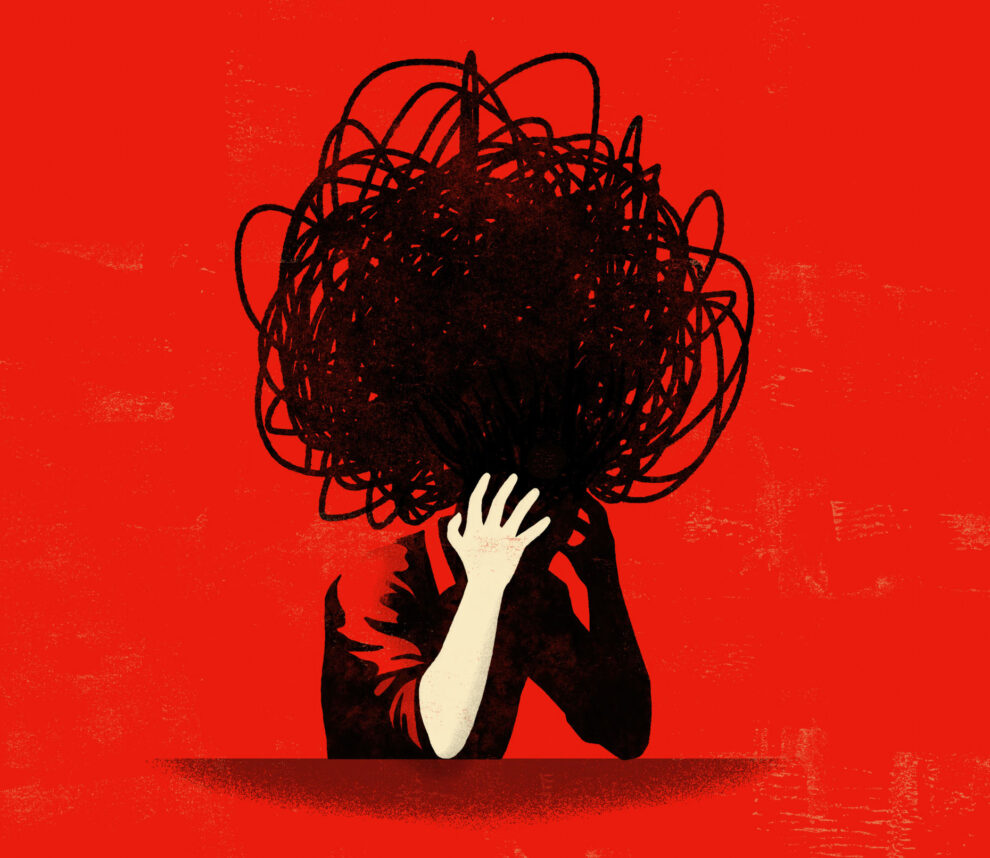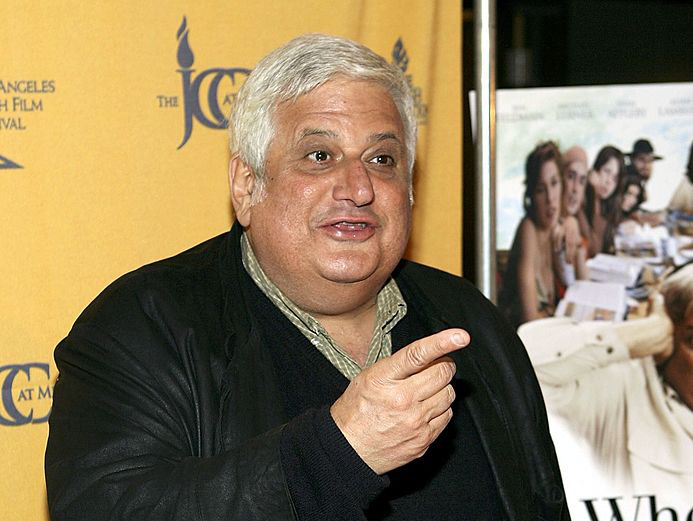Seven American Jews have served on the Supreme Court of the United States of America.
Make that eight — if you include Sandra Day O’Connor.
O’Connor, who announced her retirement from the bench last week, isn’t Jewish (you read it here first). But her legal opinions have had a profoundly positive effect on American Jewish life, which underscore the potential impact of the person President Bush nominates to replace her.
Appreciation is pouring in for O’Connor from streams of Judaism that rarely flow together. Orthodox groups have lauded her for her moderation, while more liberal denominations have praised her swing vote on issues dear to them.
“Justice O’Connor so often has been the decisive vote on the court in support of fundamental rights: religious liberty, civil rights, reproductive rights key among them,” wrote Robert Heller, chair of the Union for Reform Judaism’s board of trustees.
For many years, there really was such a thing as “the Jewish seat” on the nation’s highest court. The first Jew seated on the court was Louis D. Brandeis, nominated by President Woodrow Wilson in 1916. A native of Louisville, Ky., Brandeis graduated Harvard Law School at age 20, and soon established a reputation as a brilliant defender of progressive rights, championing trade unions and women’s suffrage, among other causes.
As Associate Justice Ruth Bader Ginsburg noted in a recent article on Jews in the court, Brandeis, who was not religious, was renowned for his ardent sense of ethics and social justice. Franklin D. Roosevelt’s name for him was “Isaiah,” after the biblical prophet.
President Herbert Hoover appointed Benjamin Cardozo to the court in 1932. The descendant of an illustrious Sephardic family, Cardozo wrote extensively on the relationship of law to social change, defending most of the New Deal measures against the court’s more conservative justices.
Following Cardozo, who died after serving six years on the bench, Roosevelt appointed Felix Frankfurter, a Harvard Law professor who helped found the American Civil Liberties Union, joined the National Association for the Advancement of Colored People and defended labor unions, as well as anarchists Sacco and Vanzetti.
Frankfurter adhered to Cardozo’s dictum that “the great generalities of the Constitution have a content and a significance that vary from age to age.” In a day and age when the term “activist judge” was a compliment, not a curse, these two men had a tremendous impact on the lives of less fortunate Americans.
President John F. Kennedy appointed Arthur Goldberg to the court in 1962, following Frankfurter’s retirement. Goldberg, the youngest of 11 children born into a poor immigrant family, was also a staunch defender of organized labor. A World War II veteran, he went on to serve as secretary of labor, U.S. representative to the United Nations and ambassador at large.
When Goldberg resigned to become U.S. ambassador to the United Nations., President Lyndon Johnson appointed Abe Fortas to the court. Fortas was also a champion of individual rights, a man who stood up to Sen. Joseph McCarthy during the Cold War and argued successfully in Gideon v. Wainwright for the right to publicly funded counsel for indigent defendants.
The lone, liberal “Jewish Seat” became the plural “seats that happen to be filled by Jews” when President Bill Clinton appointed Ginsburg in 1993 and Stephen Breyer in 1994. There was no great political or social upside for Clinton in choosing a Jew, and certainly no downside he had to brave. During Brandeis’ tenure, by contrast, one justice refused to be in the same room with him.
Breyer, for his part, looks little like a crusader for the separation of church and state in the court’s two recent decisions on public displays of the Ten Commandments. Breyer voted with the strict separationists on the court in one case and with those favoring the display of religious symbols on public property in the other.
O’Connor, ironically, adopted the purer position, arguing for the separation of church and state in both cases, ending up once on the winning side and once with the losers in the 5-4 decisions.
Over her entire career, O’Connor, more than any other justice, was able to discern the middle ground in socially divisive cases. This mattered for the nation at large, but also for a Jewish community that is more and more split — perhaps not 50/50, but passionately so — on complex issues like school vouchers, religious symbolism, affirmative action and abortion. She was a justice who could fairly and firmly assert a consensus that helped bridge divides within our community and between Jewish Americans and others.
Consider her lucid opinion striking down the display of the Ten Commandments in a Kentucky courtroom. “Those who would re-negotiate the boundaries between church and state must therefore answer a difficult question,” O’Connor wrote. “Why would we trade a system that has served us so well for one that has served others so poorly?”
It is a conservative argument in defense of a cause liberals hold dear.
Bush needs to put forward a name in the O’Connor mold. To paraphrase O’Connor herself, why trade someone whose judiciousness has served us so well, for someone whose rigid ideology may not?
Â






















 More news and opinions than at a Shabbat dinner, right in your inbox.
More news and opinions than at a Shabbat dinner, right in your inbox.